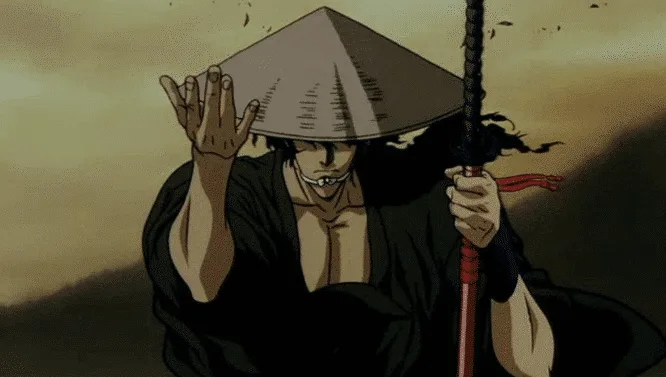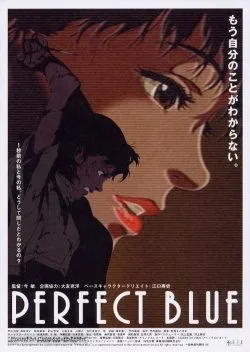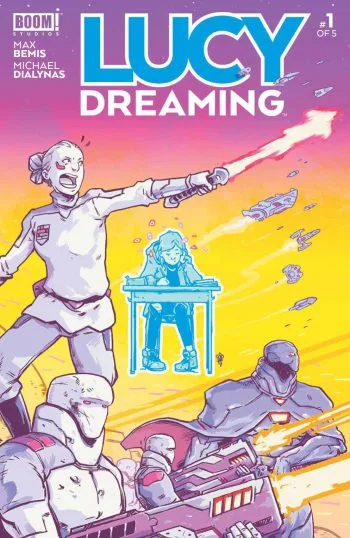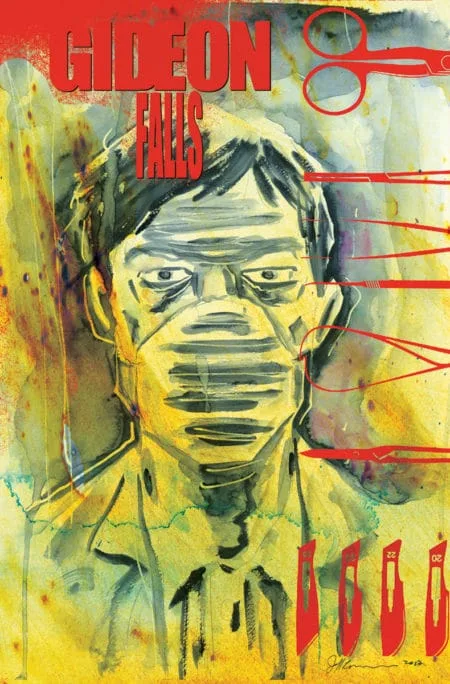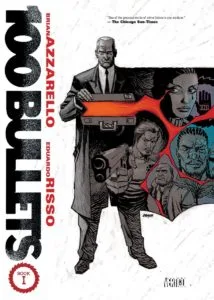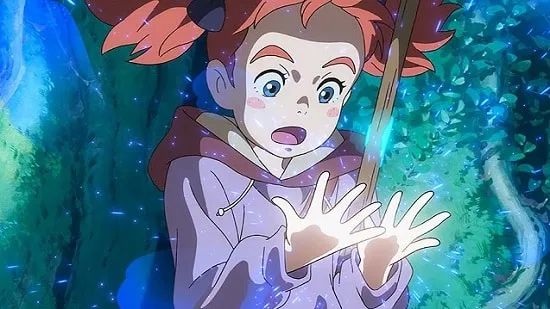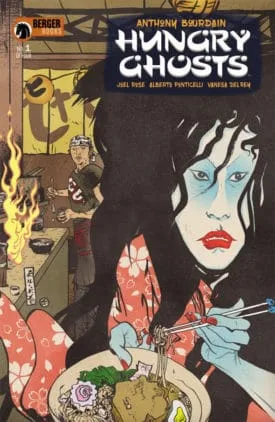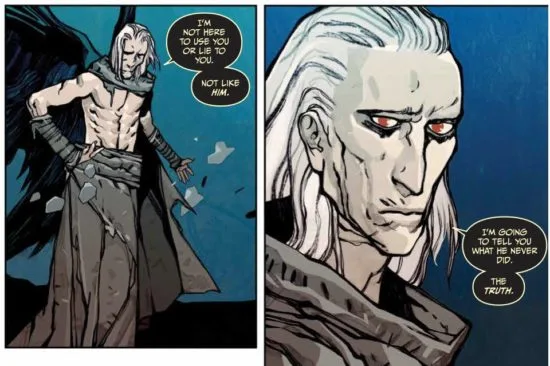Can you believe zombies are still a thing? Walking Dead is currently on its eighth season, Fear of the Walking Dead just wrapped up its third, and while the theaters are finally free from the zombie apocalypse, plenty of small companies are still pumping out movies and games and god knows what else. So what can a comic book do when it’s trying to break into the oversaturated market of the undead while attempting to bring new life into the genre? Why, the tried and true method of adding a dog! It worked for basketball and space, how can it go wrong? Well, let me tell you, Dead of Winter: Good Good Dog can’t even make that interesting. What could’ve been a fresh perspective on the zombie apocalypse, adding depth by seeing the horrors unfold through the eyes of our most loyal companions, instead becomes another story about some idiots bickering while getting killed off and oh, there’s also a dog. But, if you like the same places that other comics have gone before, Good Good Dog is at least fast paced and full of loonies, so there’s a bit of a kick before realizing that the dog plays so little a part in it. But damn, that dog is pretty great!
Based on the award winning board game Dead of Winter, Good Good Dog focuses on a group of survivalists that band together and attempt to scrape a living while fighting hordes of the undead. Among the survivors is a golden retriever named Sparky, a former movie actor turned hero dog who wears a red cape everywhere he goes. Cute, right? As the humans are forced to go further and further out for supplies, Sparky joins whichever ragtag crew draws the short straw and acts as a defacto bodyguard since animals cannot be infected by the zombie virus. As the newest hunting crew (made up of tough guy, a tough lady, and a new lady who also ends up being pretty tough) head out to the nearest grocery store, they are quickly attacked by an unknown assailant. Without a car and out of food, they end up wandering the surrounding woods, running into old companions and new enemies, while being surrounded by hordes of shambling corpses. Thank goodness Sparky is there to help even things out but even he can’t do much against their biggest adversary, a deranged cop with nothing to lose.
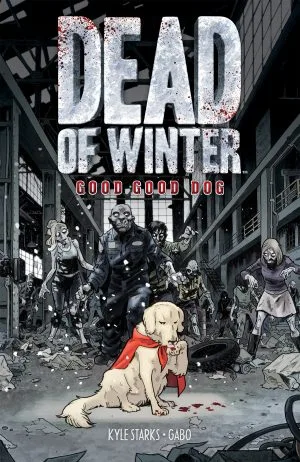
Perhaps the only real good thing about Good Dog is that it’s relatively fast paced and is well fleshed out for its 110 page read. The writer knew the story he wanted to tell and had everything planned out, so it never gets bogged down with page-fillers. Also, I love how Sparky is equipped to pretty much handle any weapon, even a katana! That’s right, Sparky cuts down a group of zombies while brandishing a goddamn katana in his mouth and it’s amazing. That scene alone made the read worth it and, despite my complaint on his lack of first person development (okay, there’s a little bit of it around the end and it’ll make you tear-up), Sparky is a great character and really is a Good Dog. I would love to have a Sparky in my corner when the undead start coming around. The writer sincerely loves dogs and put all that love into Sparky.
The art of Good Dog is good for what it is and has a bit of a cartoony vibe that actually works well with the comic. It gets a little choppy in a few areas, but the thick lines and solid color work help reel in potential disasters, making the work visually uncluttered. Sparky himself is drawn in all his floppy, happy, doggy glory, so he at least feels like the main character that he is and you can’t help have your eye attracted to him in every panel. He’s just so damn adorable.
All in all, Dead of Winter: Good Good Dog isn’t anything you haven’t read before and really feels like they missed a big opportunity not having Sparky be the visual marker, but it’s fun and quick. Long time dog lovers and zombie lovers will get a kick out of it and is a good starting point for those just dipping their toes in the undead genre.
Dead of Winter: Good Good Dog is out on stands and for only $15, you could do a lot worse!
